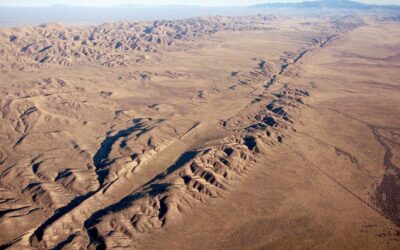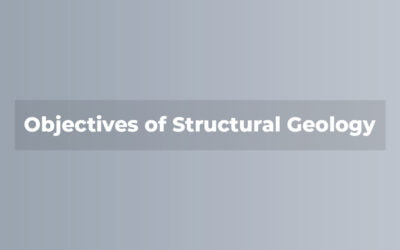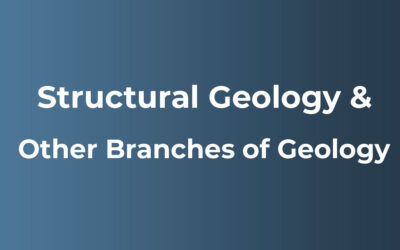Latest Post & Case Study
Exploring the San Andreas Fault: A Geological Wonder
The San Andreas Fault is one of the most well-known geological features in the world, running approximately 800 miles through the state of California, USA. This fault line has captured the fascination of scientists, geologists, and the public alike due to its...
Metamorphic Texture
Metamorphic Textures Small-scale features that occur in virtually all of the rock body at the microscopic scale The term ‘Fabric’ is also used synonymously. As the rock-forming processes differ among types of metamorphism, the resulting texture is also different....
Types of Metamorphism
Classification Contact Metamorphism Pyrometamorphism Regional Metamorphism Orogenic Metamorphism Burial Metamorphism Ocean Floor Metamorphism Hydrothermal Metamorphism Fault-Zone Metamorphism Impact or Shock Metamorphism 1. Contact Metamorphism Temperature is the...
Metamorphic Agents and Changes
Four types of Metamorphic agents Temperature Pressure Directive stress Chemically active fluid/metamorphic fluids Temperature In regular continental crust, a typical geothermal gradient within the first 3 to 5 kilometers (2 or 3 miles) of Earth's surface is about...
Introduction to Metamorphism
What is Metamorphism? The term metamorphism comes from the Greek (meta morph), meaning “change of form. The International Union of Geological Sciences (IUGS) defined Metamorphism as - “a process involving changes in the mineral content/composition and/or...
Objectives of Structural Geology
Without an objective, no work can be accomplished. Like when a structural geologist works, he also has some objectives. Those are: What is structure?When did it develop?Under what physical conditions did it form? Let's talk about the objectives. What is structure? ...
Relation of Structural Geology With Other Branches of Geology
Structural geology is a branch of geology that deals with the structural deformation, causes, and distribution of these structural features with geography. Structural geology deals with fold, fault, unconformity, cleavage, schistosity, lineation. And their causes,...
Mechanical Principles – Force, Pressure, Stress, Strain
Mechanical principles describe the rock's physical properties and deformation causes. In structural geology, the deformation causes of rocks and their properties are significant. Some mandatory types of mechanical principle as follows: ForcePressureStressStrain...
Understanding Structural Geology
Structural geology is concerned with rock deformation on both a big and microscopic scale. Its research ranges from submicroscopic crystal lattice flaws to fault formations and fold systems in the Earth's crust. Structural geology advanced significantly in the first...









